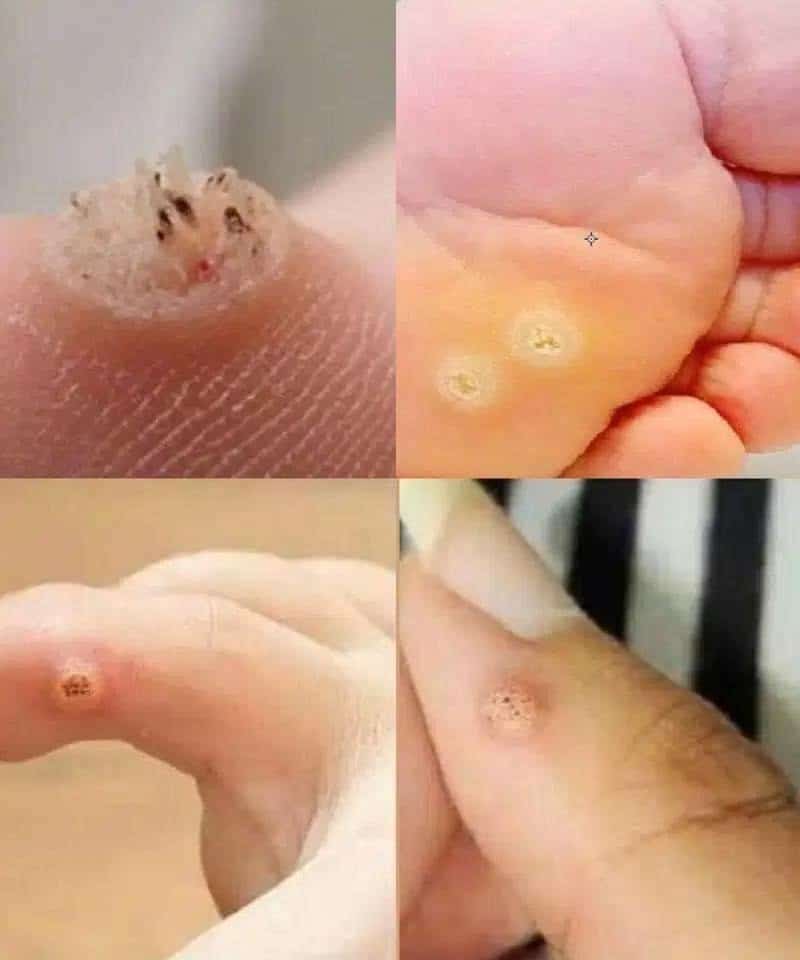
Cold Sores: Causes, Symptoms, and Management
Cold sores—commonly called fever blisters—are a widespread viral infection most often caused by the herpes simplex virus type 1 (HSV-1). In some cases, herpes simplex virus type 2 (HSV-2) can also be responsible, typically through oral–genital contact. These sores are highly contagious and can spread easily through direct physical contact, such as kissing, or indirectly by sharing items like utensils, lip balm, or towels. Even touching an active sore and then another part of the body can transfer the virus
An outbreak usually follows a predictable pattern. It begins with tingling or itching around the lips one to two days before symptoms appear. Soon after, small, fluid-filled blisters develop, which then break open into painful sores. These eventually dry out and scab over, healing within 7–10 days. The virus, however, never leaves the body—it remains dormant in nerve cells, reactivating when triggered by factors such as stress, excessive sun exposure, hormonal changes, illness, or a weakened immune system.
While there is no cure for cold sores, antiviral medications such as acyclovir or valacyclovir can shorten the duration and lessen the severity of outbreaks. Topical creams may also help speed healing. Over-the-counter pain relievers and moisturizing lip balms can reduce discomfort. Preventive steps include:
Continue reading on the next page…